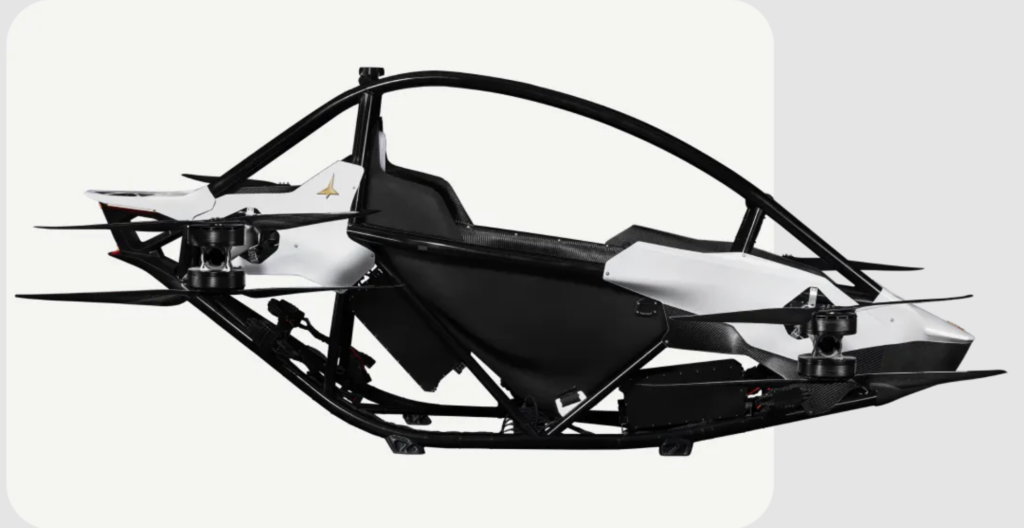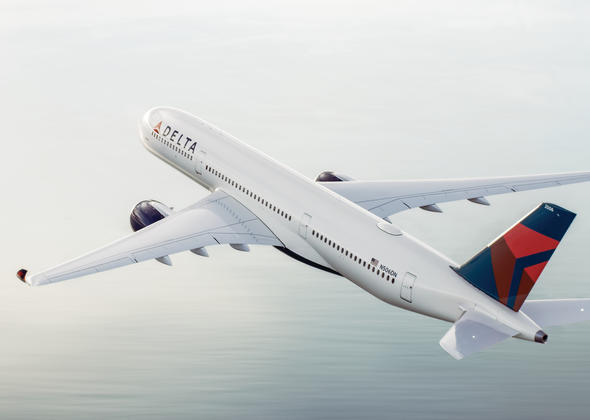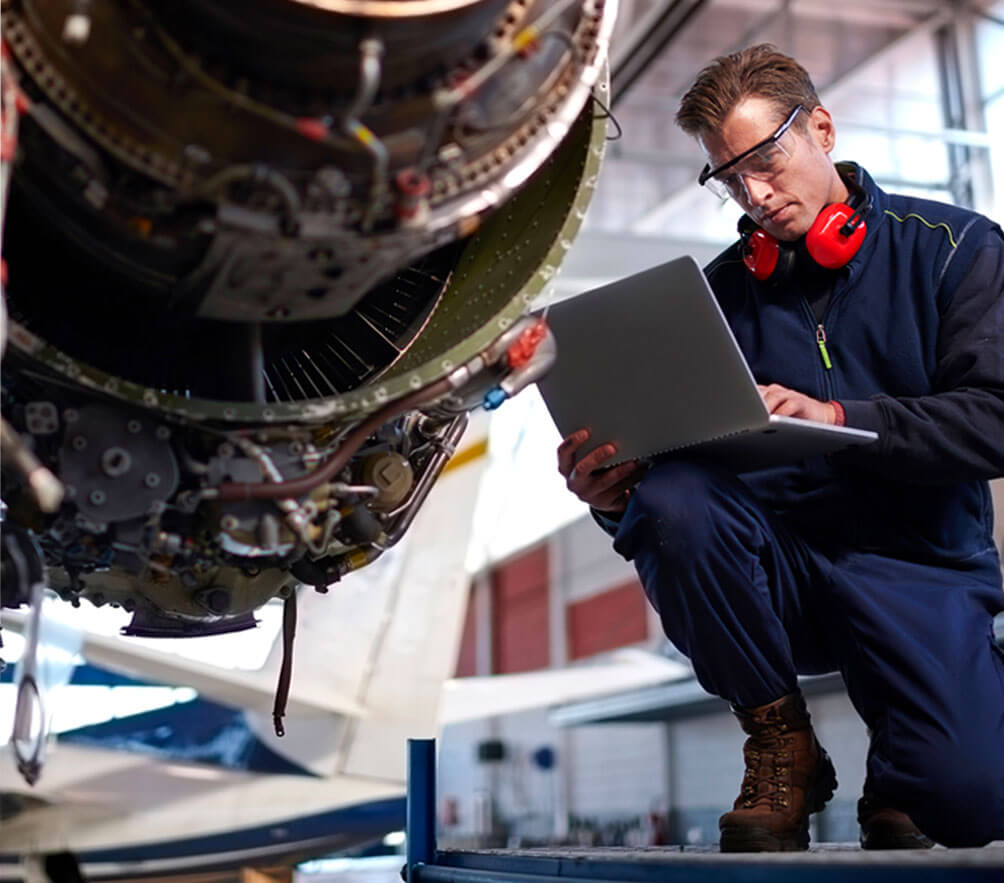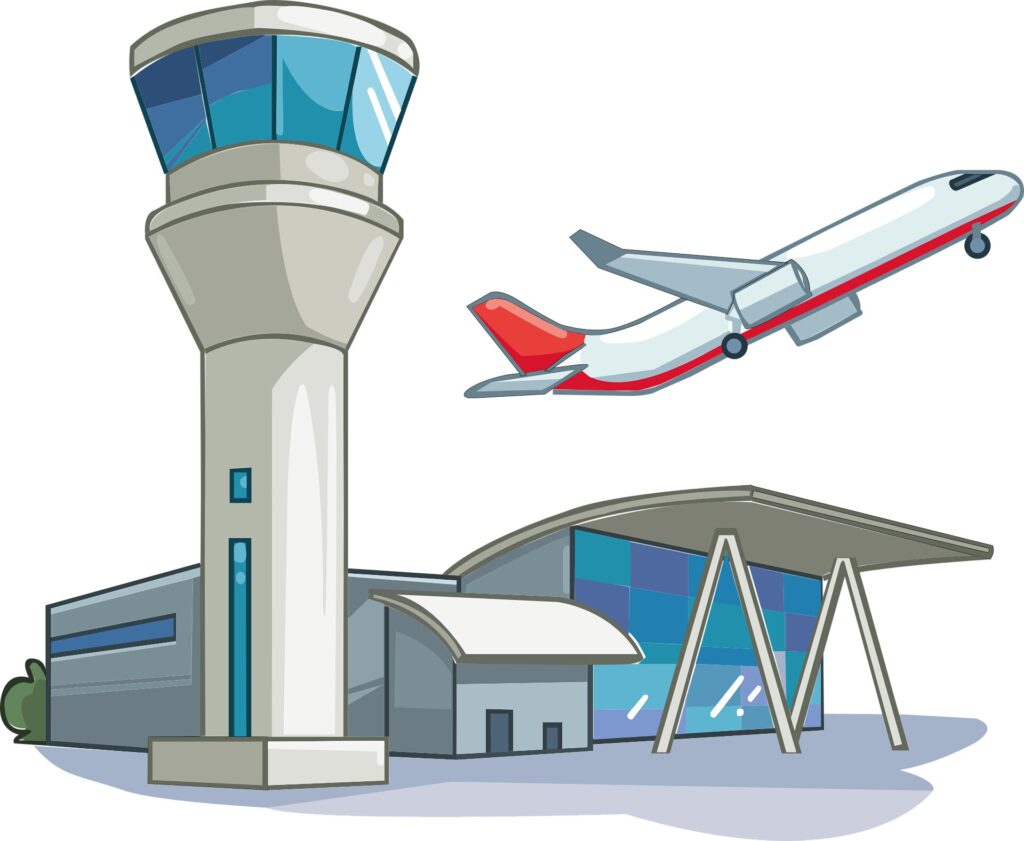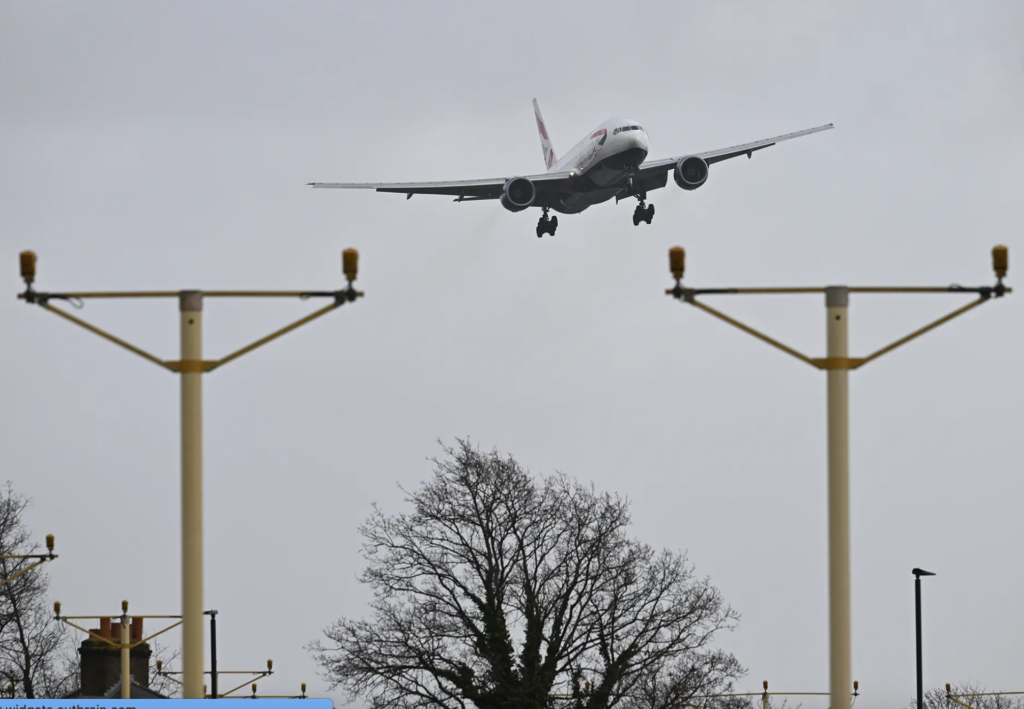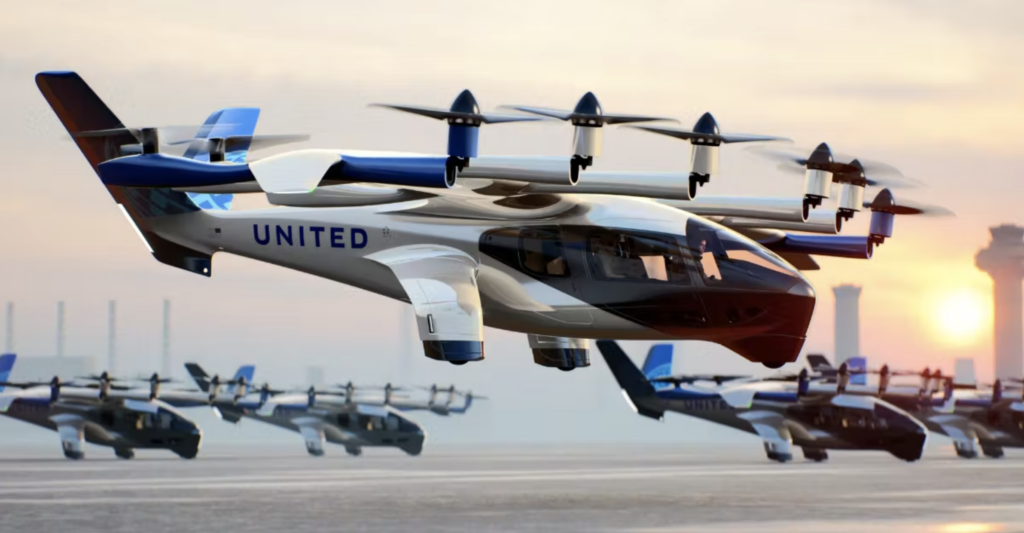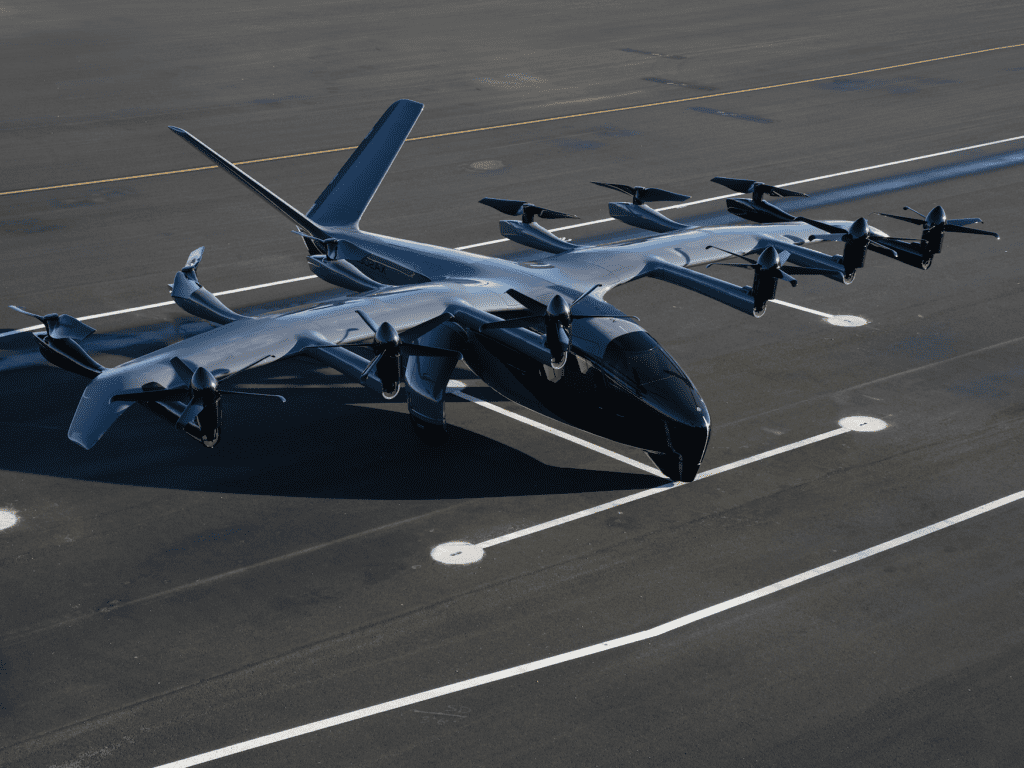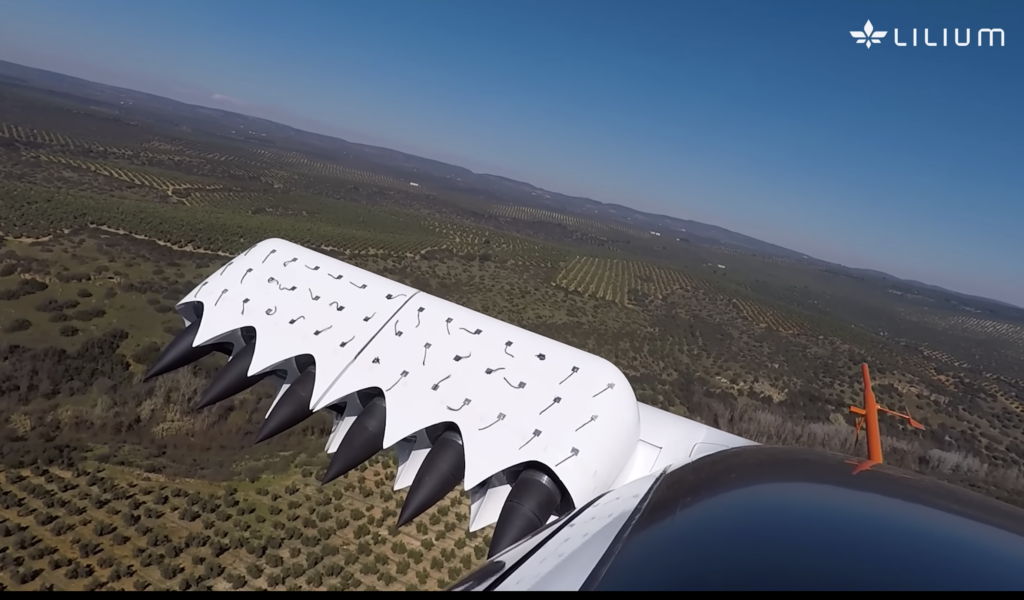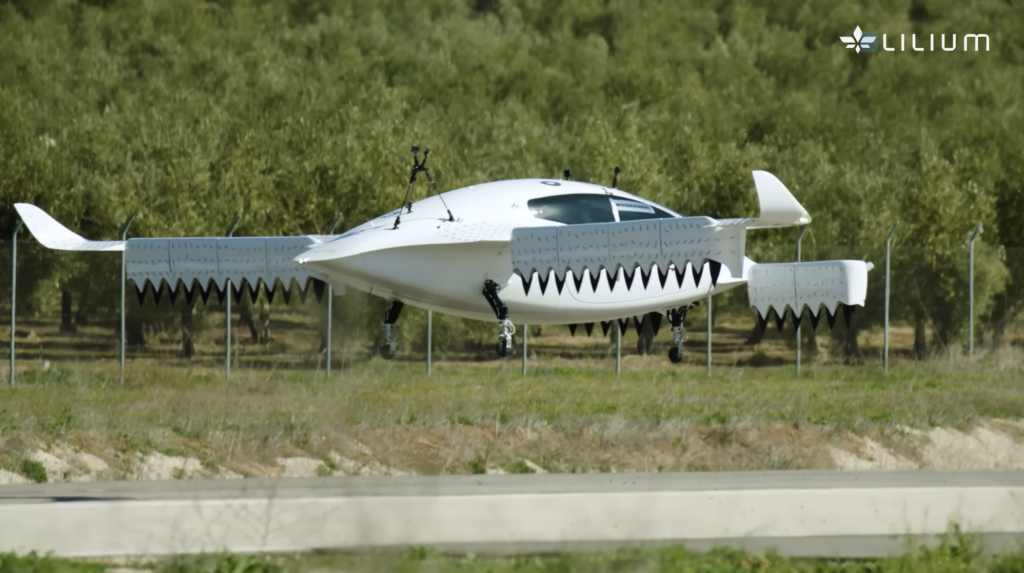Airbus Sees Big Potential For “Auto’Mate” Technology After Tanker-Drone Test Flights
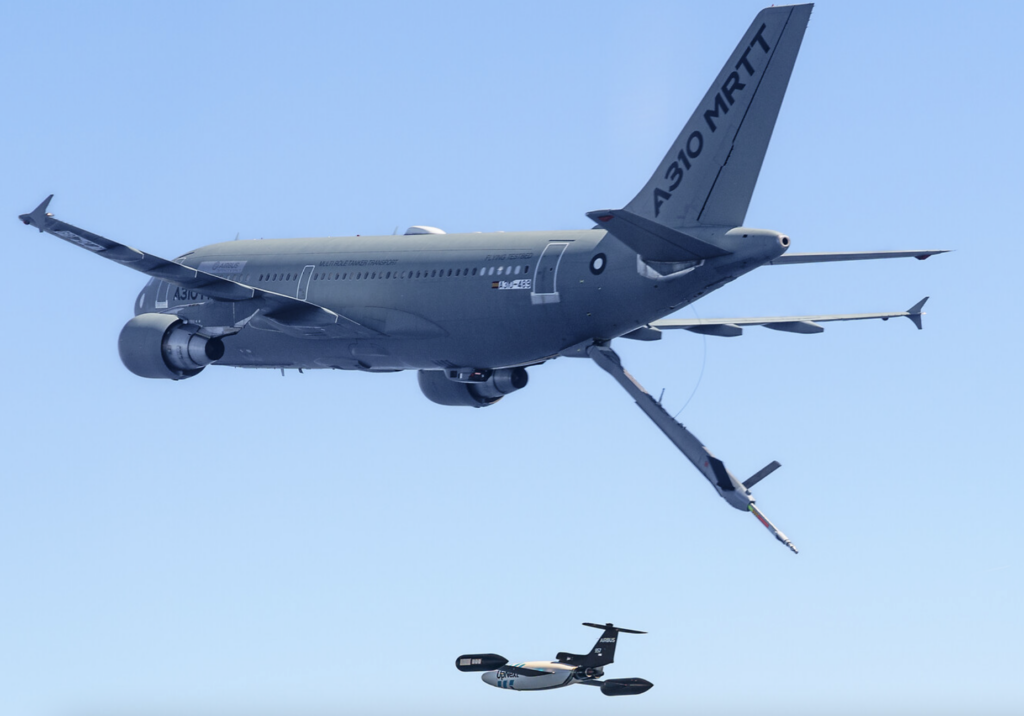

Airbus Defence & Space and Airbus UpNext achieved in-flight autonomous guidance and control of a drone. (Photo: Airbus)
Demonstrations of an Airbus A310 Multi-Role Tanker Transport (MRTT) autonomously guiding a drone went “even better than expected” and showed the potential for autonomous air-to-air refueling, according to an Airbus executive involved in directing the trials.
Two 6-hour test flights–conducted March 21 and 23–in which an A310 MRTT flying testbed outfitted with the “Auto’Mate” technology being developed by Airbus UpNext was able to take control of DT-25 drones in-flight and put them in a refueling position around 45 m. from the tanker.
UpNext is the Airbus Defence and Space unit charged with developing future flight technologies. Airbus Defence and Space said the test flights “demonstrate a significant breakthrough for future aerial operations involving manned and unmanned assets.”
The aircraft and the uncrewed aircraft system (UAS) took off from separate spots in Spain and “over the waters of the Gulf of Cadiz, the control of the drone transitioned from a ground station to the A310 MRTT, autonomously guiding the DT-25 to the in-flight refueling position,” according to Airbus.
Manuel Barriopedro, head of the Auto’Mate demonstrator program at Airbus UpNext, told Avionics International in an interview that the demonstrations move Airbus farther down the road toward enabling drones to be refueled in-flight. “The objective is clear: to perform fully autonomous air-to-air refueling operations,” he said.
The Auto’Mate project is focused on “three main technological bricks,” Barriopedro said. These include accurate relative navigation, intraflight communication between platforms and cooperative control algorithms.
“We established communication [between the drone and A310 MRTT] via data link at the moment the drone was launched,” Barriopedro explained. “At the beginning, the drone was controlled by the ground control station manually, but at one point, we decided to pass the control to the MRTT, and from that moment control was performed autonomously. Artificial intelligence algorithms and cooperative control were guiding the drone to different positions.”
At first, the drone was kept at a distance from the MRTT as security and safety parameters were verified. “Then when we were seeing that things were going well, we were approaching [the tanker aircraft with the drone] more and more and more as we moved through the two days of this campaign,” Barriopedro said.
He noted the technology also aims to enable the control of drones in formation flight. Airbus envisions air force operations where “mission aircraft will fly jointly with drone swarms.”
Barriopedro said air-to-air control of drones could have applications well beyond refueling and military operations. “We believe that we have a huge potential using these technologies in different fields in different scenarios,” he explained.
Airbus said it plans additional Auto’Mate flight tests later in 2023, “exploring the use of navigation sensors based on artificial intelligence and enhanced algorithms for autonomous formation flight.”
The post Airbus Sees Big Potential For “Auto’Mate” Technology After Tanker-Drone Test Flights appeared first on Avionics International.
—————
Boost Internet Speed–
Free Business Hosting–
Free Email Account–
Dropcatch–
Free Secure Email–
Secure Email–
Cheap VOIP Calls–
Free Hosting–
Boost Inflight Wifi–
Premium Domains–
Free Domains







